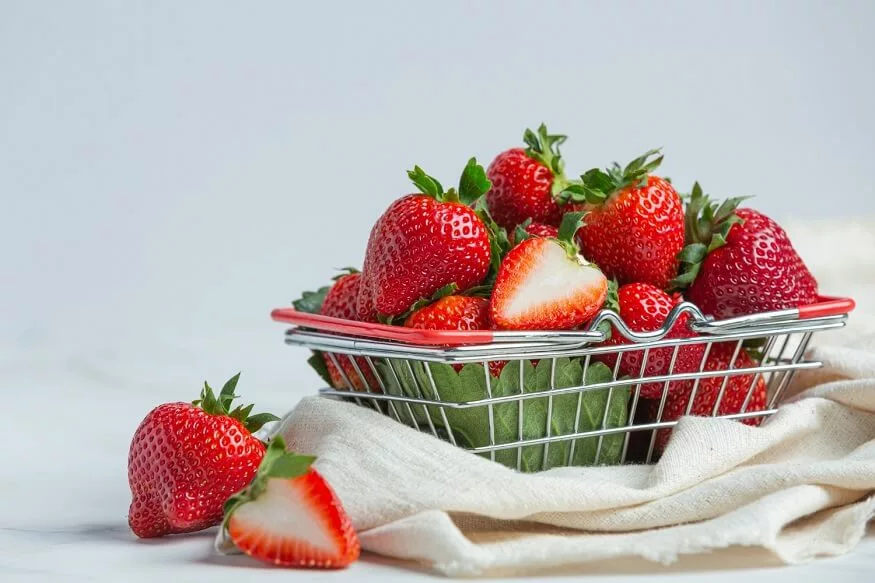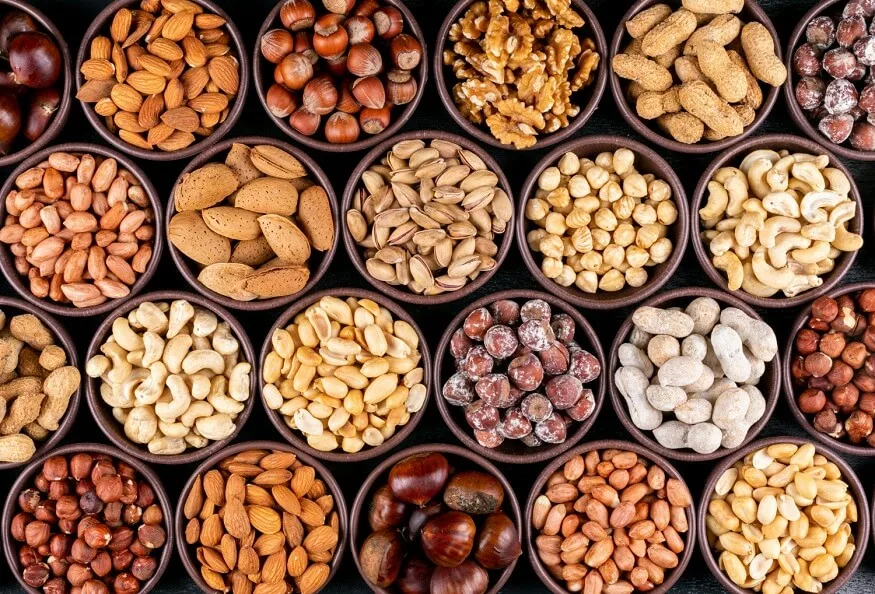Strawberries are not only delicious but also incredibly healthy for kids. Giving your kids a strawberry as a snack over biscuits or processed foods is the best choice parents can make to help kids deal with 21st-century health problems. In this blog, we will dive into the health benefits of strawberries for kids and how they help boost their immunity.
History of strawberries
Strawberries, scientifically known as Fragaria, have a history of over 2,000 years. The Romans highly valued them for their medicinal properties. They believed these fruits could cure various ailments such as kidney stones.
In the 1300s, strawberries started being cultivated in French gardens for consumption. Strawberry cultivation became prominent in the 17th century, and around the same time, settlers in North America found native strawberries growing wild.
In the 18th Century, the first strawberry hybrid “Fragaria x ananassa” was developed in France. This was a cross between strawberries from North America and Chile. This is the ancestor of the common garden strawberry we have today, known for its large berries and sweet taste.
Strawberries later gained prominence in the 19th Century. The development of transportation infrastructure enabled distribution to larger areas, increasing their popularity.
Today, strawberries are grown globally in a wide range of climates from Nordic regions to equatorial countries.
Also read : 5 Healthy Breakfast Ideas with Oats
Nutritional profile of strawberries
100 grams of strawberries contain:
32 grams of Calories
7.7 grams of Carbohydrates
2 grams of Fiber
0.7 grams of Protein
16 mg of Calcium
0.41 mg of Iron
58.8 mg of Vitamin C
13 mg of Magnesium
153 mg of Potassium
Other nutrients include:
- Vitamin A
- Vitamin E
- Vitamin K
- B-complex
- Folate
- Niacin
- Pyridoxine
- Riboflavin
Health benefits for kids
1) Maintains eye health
Vitamin C and potassium help in maintaining good eye health. They prevent problems like cataracts and macular degeneration. The ellagic acid and phenols, shield the eyes from damaging free radicals.
2) Protection from scurvy
Scurvy is triggered by vitamin C deficiency. It causes weakness, anemia, gum disease, and skin problems. Strawberries have high vitamin C. A cup of strawberries has approximately 150% of children’s daily requirement of vitamin C. Hence, regular consumption of this superfruit, reduces the risk of scurvy in children, boosting immunity and enhancing skin health.
3) Boosts immunity
Vitamin C strengthens infection-fighting white blood cells, boosting immunity. Flavonoids reduce the risk of common respiratory infections in children.
4) Protects against cancer
Phytonutrients like quercetin, anthocyanins, and kaempferol fight cancer cells. Ellagic acid slows cancer cell growth. Studies show strawberries may reduce the risk of oesophagal, skin, breast, lung, and bladder cancers.
5) Helps in digestion
Dietary fibres are essential in maintaining a healthy gut which is vital for the immune system. Since a large percentage of immune cells exist in the gut wall, a healthy gut populated by beneficial bacteria better supports the immune system function.
These fibres serve as fuel for beneficial gut bacteria, helping improve their usefulness in the body’s immune response.
6) Improve brain health
The antioxidants improve brain health by reducing stress and inflammation in the brain. The flavonoids and anthocyanins enhance memory and learning.
Also read : 10 Tips to Get Kids to Eat Fruits
Including strawberries in children’s diet
Below are some ways in which you can make strawberries a part of your children’s diet and let them reap the nutritious benefits.
1) Include it in their breakfast:
You can start by including strawberries in their breakfast. Sliced strawberries can be a great addition to cereals, oatmeal, or pancakes. If your child is a fan of dairy, topping yoghurt or cottage cheese with bite-sized strawberries can make for a tasty combination.
2) Salads:
Strawberries can be given either raw or included in salads during lunchtime. A classic strawberry spinach salad can be a new favourite with kid-friendly dressings. For children who love sandwiches, strawberry jam or even slices blended with cream cheese can be a delightful variation. Below is a recipe for Strawberry Spinach salad:
Add spinach and strawberries to a bowl. Add almonds. Mix vinegar, oil, salt and pepper, pour this dressing over the salad and toss well.
3) Snacks:
After-school snacking is another opportunity to include strawberries into their diet. Strawberries dipped in a little dark chocolate or mixed with other fruits in a smoothie can be a hit. Also, consider including strawberries in your baking – strawberry muffins or strawberry-infused banana bread can add a nutritious burst of flavour. Below is a recipe for Strawberry smoothie:
Add strawberries, honey and yoghurt into a blender and blend until smooth. Serve chilled.
4) Keep them frozen:
Frozen strawberries can serve as ideal alternatives when fresh ones are not available. They are equally nutritious and can be used in numerous recipes, such as smoothies or fruity popsicles. Below is a recipe for Strawberry yoghurt bars:
Whip Greek Yogurt with honey. In a baking dish, add a portion of the yoghurt and spread out evenly. Top with strawberries. Create more such layers. Freeze for a few hours. Cut into pieces and serve.
Also read : Top 9 Brain Foods for Studying
EuroSchool encourages a balanced and nutritious diet for children. Given the health benefits, we believe strawberries can be a healthy and tasty addition to a child’s diet. We further promote healthy eating habits among children by including nutritious fruits such as strawberries in their menu options and educational activities as well.










